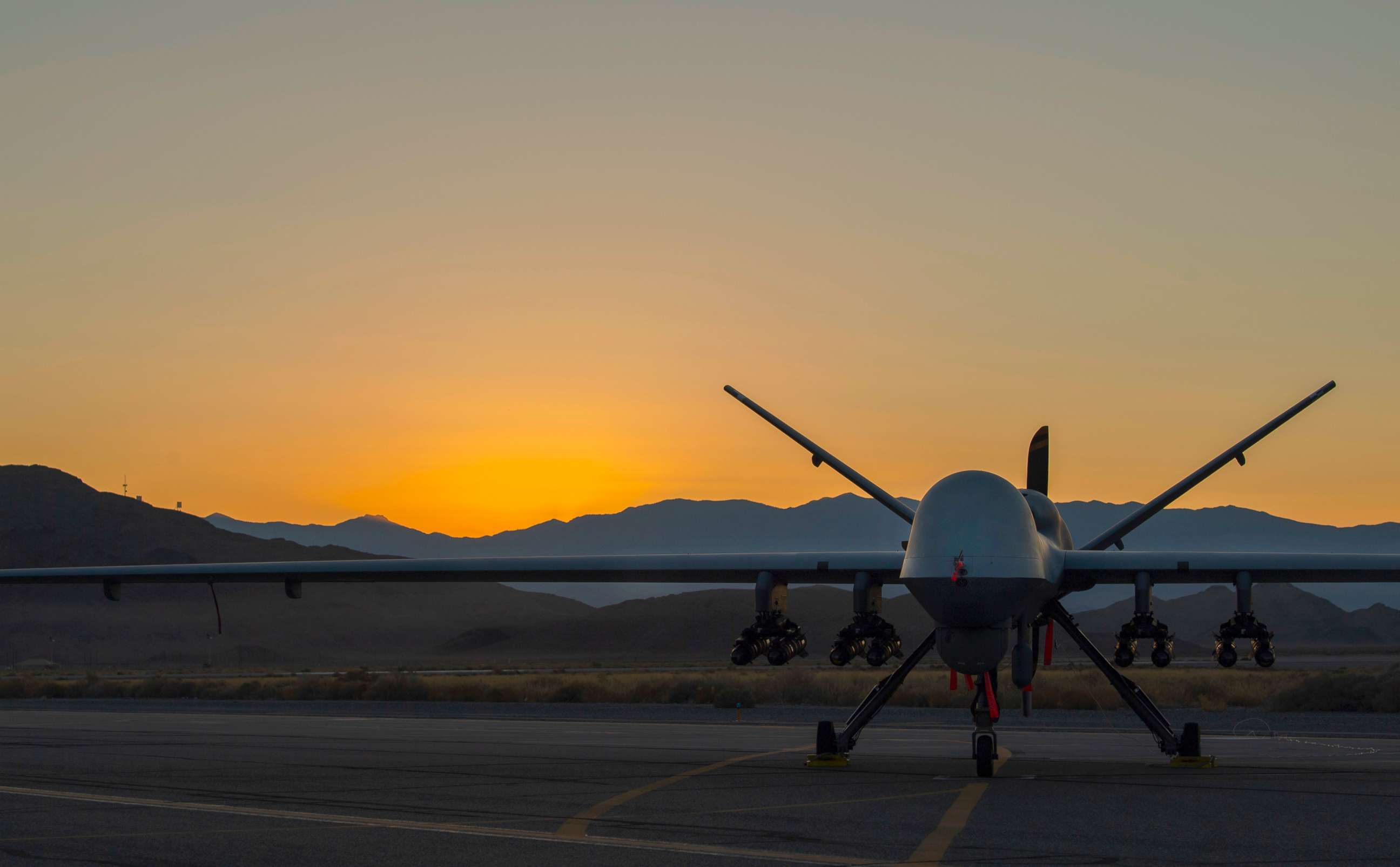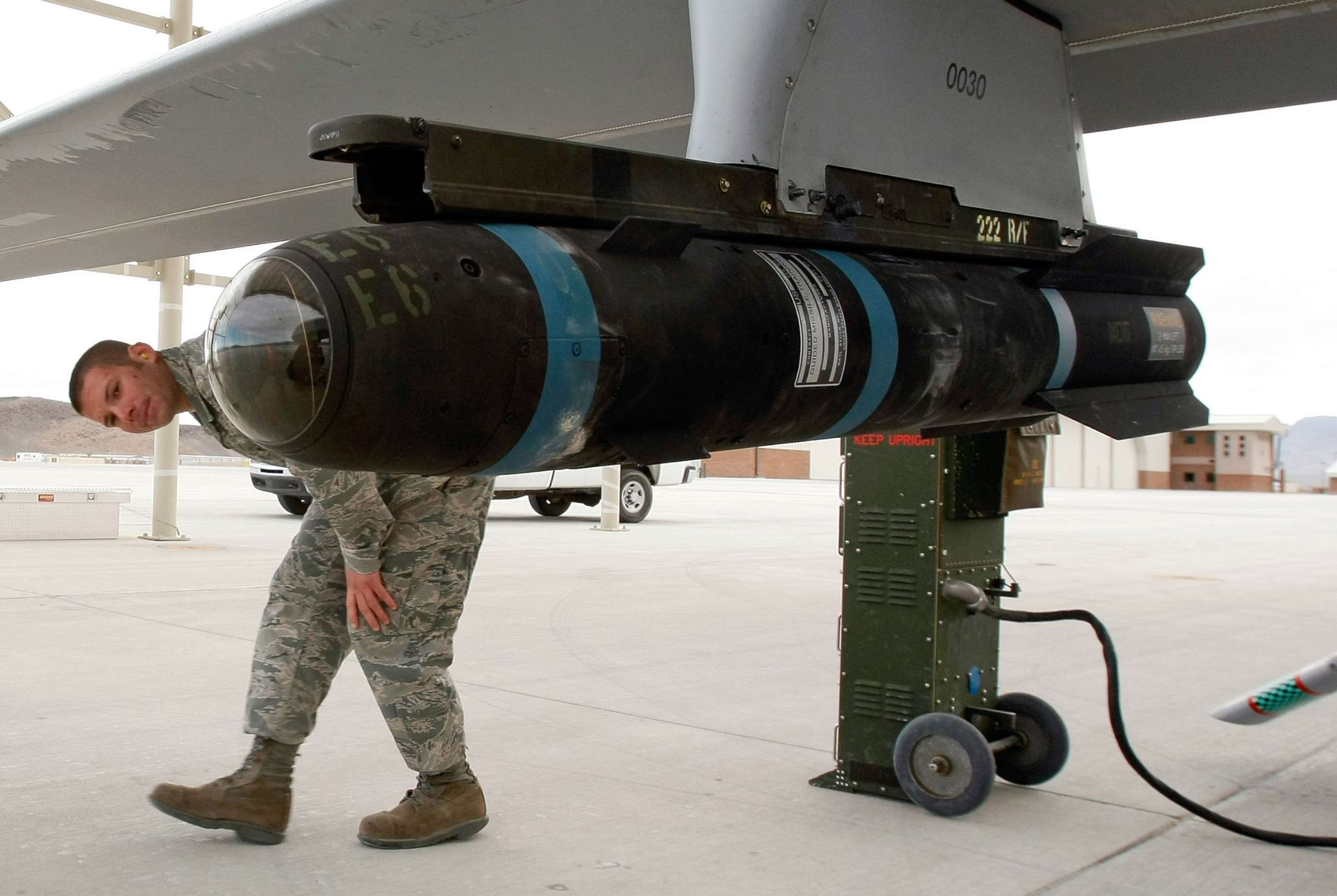How the Hellfire missiles took out al-Qaeda leader al-Zawahiri with minimal collateral damage
The precision weapons apparently used blades and kinetic energy, not explosives.
Photos showing the home in the heart of Kabul where al-Qaeda leader Ayman al-Zawahiri was killed in a CIA drone strike earlier this week show very little structural damage and U.S. officials say no one else was injured.
To make that happen it appears that planners decided to use modified versions of the Hellfire missiles that are the main weapons carried by MQ-9 Reaper drones.
Used in other counterterrorism drone strikes, the R9X missile is a version of the Hellfire missile that has an inert warhead and whose main feature is the deployment of metal blades that kill targets with precision and lowers the potential for major collateral damage to surrounding people or structures.
The blades deployed by the R9X have led to the missile being nicknamed "the flying Ginsu" after a famous 1980s television ad for the Ginsu knife or the "Ninja bomb," a reference to stealthy Japanese assassins of the Shogun era who were proficient with knives.
A former U.S. official familiar with the technology used in kinetic strikes told ABC News that the photos of the light damage to al-Zawahiri's safe house indicate that the missiles used in the strike did not carry explosives.
"There are no powder burns, there was no fire," said the official. "That was a that was a little collateral weapon with no explosive material."

If the missiles used in the strike carried any quantity of explosives it would have created damage to an adjacent building or led to a higher chance of civilian casualties, said the official.
The smoke that was seen by Kabul residents after the strike was not from explosives but likely the result of the motor aboard the missile, the former official said.

Over the last two decades drone strikes have become the main tool used by the United States in its counterterrorism missions targeting Islamic extremists. And the laser-targeted Hellfire missiles carried by drones are the weapons used in those strikes.
After being released in the air from an MQ-9's wings, the motor aboard the missile is fired to guide the missile towards the target being marked by a laser aboard the drone and controlled from ground. The combined speed of the drone's motor and gravity means that by the time the missile reaches its target it is traveling at the speed of sound, giving little time for a target to try and evade the missile.

The unmodified 100-pound missiles do not carry a large explosive warhead, but they can still cause a significant explosion that could harm nearby civilians and structures.
And those risks are increased when a target is ensconced in an urban setting where there could be many adjoining structures and large numbers of civilians -- all reasons why the U.S. developed modified Hellfire missiles to create low collateral damage by using their kinetic force and metal blades to precisely strike at targets without harming nearby civilians or structures.
Zawahiri was killed as he stepped onto the home's balcony early Sunday morning, something he did regularly in a "a pattern of life" of his movements in the home developed by U.S. intelligence a senior administration official told reporters on Monday.
That same official said the U.S. studied the house's construction to "confidently conduct an operation to kill Zawahiri without threatening the structural integrity of the building while minimizing the risk to civilians, including Zawahiri's family."
The senior administration official noted that prior to ordering the drone strike President Joe Biden had repeatedly stressed that "every step" should be taken to minimize the possibility of civilian casualties.
The former official who spoke with ABC News stressed that the key to following Biden's order to minimize civilian casualties would have been to use the pattern of life developed by U.S. intelligence.
"The most important factor in a low collateral strike is a clear understanding on the pattern of life for your target," said the official. "That way the patterns of the rest of the family and neighbors in nearby structures could limit any potential civilian casualties."




